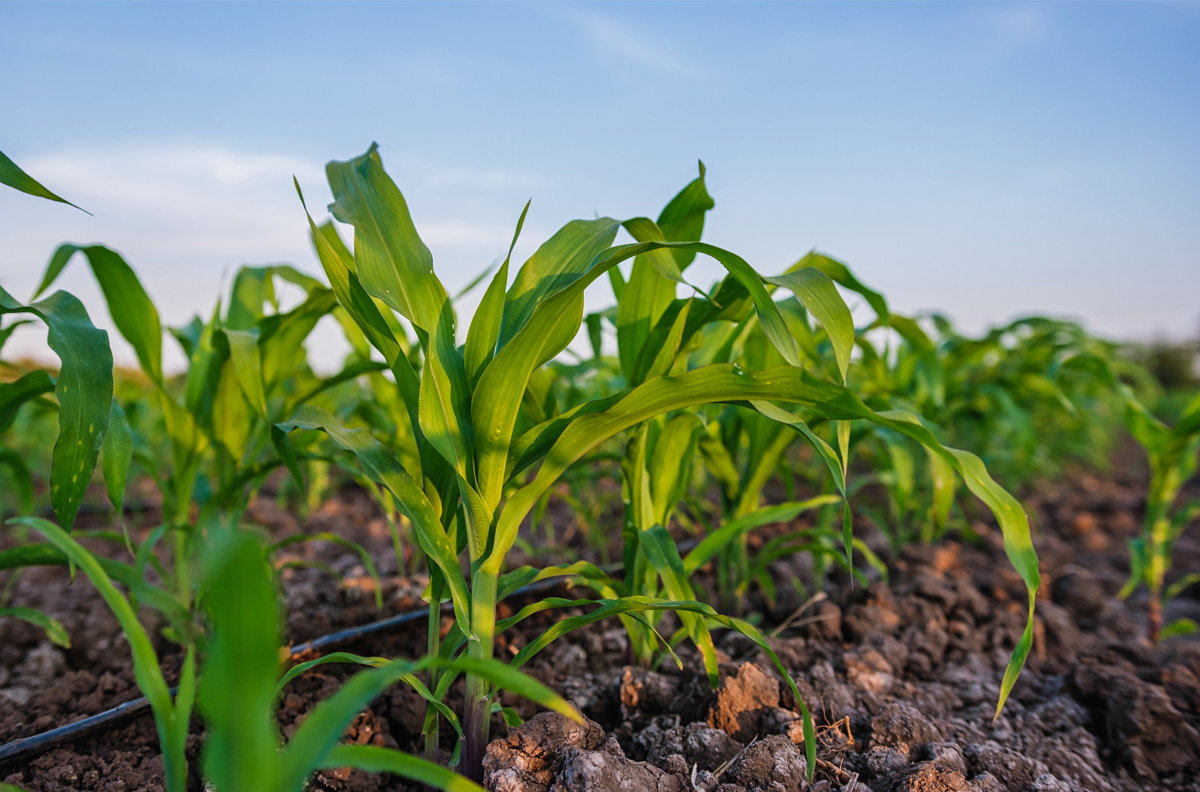
University of Basel Research Team Decodes How Corn Reduces Arsenic in Soil
April 10, 2024| |
Arsenic is a toxic element that accumulates in food when crops grow in contaminated soil. A study conducted by the University of Basel has discovered a mechanism used by corn plants to reduce arsenic uptake in a special substance released into the soil by the plant's roots.
Arsenic-contaminated soils and waters are found in many parts of the world, especially in southeastern Asian countries like Bangladesh, Vietnam, and China. Switzerland has a few natural hot spots where arsenic is found in above-average concentrations. According to Professor Klaus Schlaeppi of the Department of Environmental Sciences at the University of Basel, arsenic behaves chemically similar to phosphorus, an important nutrient that plants take up through special transport channels in their roots. As arsenic enters the plants through the roots, more toxic substance accumulates in the biomass and gets into the food chain. This affects human health as high arsenic exposure can cause neurological damage and cancer.
Schlaeppi's team found that corn reduces arsenic toxicity through compounds known as benzoxazinoids. These substances are produced by most plants in the botanical group of grasses, including corn and wheat. Corn produces large quantities of benzoxazinoids, released into soil through the root system. Schlaeppi added that there is evidence that corn takes up less arsenic than other plant species. To test their hypothesis, the researchers grew corn plants in soil without arsenic and with high levels of arsenic. They performed the same experiment using corn plants that cannot produce benzoxazinoids because of a genetic defect.
The results showed that benzoxazinoid-producing corn grew better in the arsenic-containing soil and accumulated significantly less arsenic in its biomass than the corn that did not exude benzoxazinoids. When the researchers mixed benzoxazinoids into the arsenic-containing soil, the mutant plants were also protected from arsenic toxicity.
For more details, read the article in the University of Basel News & Events.
| |
You might also like:
- Reducing Arsenic Accumulation in Rice With Gene Editing
- Gene for Limiting Arsenic Accumulation in Plants Revealed
- Pocket K No. 25: Biotech Plants for Bioremediation
Biotech Updates is a weekly newsletter of ISAAA, a not-for-profit organization. It is distributed for free to over 22,000 subscribers worldwide to inform them about the key developments in biosciences, especially in biotechnology. Your support will help us in our mission to feed the world with knowledge. You can help by donating as little as $10.
-
See more articles:
-
Plant
- Gene Editing to Improve Postharvest Life of Tomato
- Chinese Researchers Pinpoint Protein that Regulates Cucumber Leaf Size and Fruiting Ability
- APHIS Grants Approval to Bioengineered Hemp and Other Crops
- Japanese Scientists Boost Beta-carotene in Eggplant
- University of Basel Research Team Decodes How Corn Reduces Arsenic in Soil
-
Animal
- GE Bacterium Produces Plastic-Free Vegan Leather With Self-Dyeing Properties
-
Food
- Bottle Gourd Genome Tracks its Origin and History
-
Health
- Language Model Analyzes Untranslated Portion of mRNA to Boost Vaccine Development
-
Read the latest: - Biotech Updates (December 17, 2025)
- Gene Editing Supplement (December 17, 2025)
- Gene Drive Supplement (February 22, 2023)
-
Subscribe to BU: - Share
- Tweet

